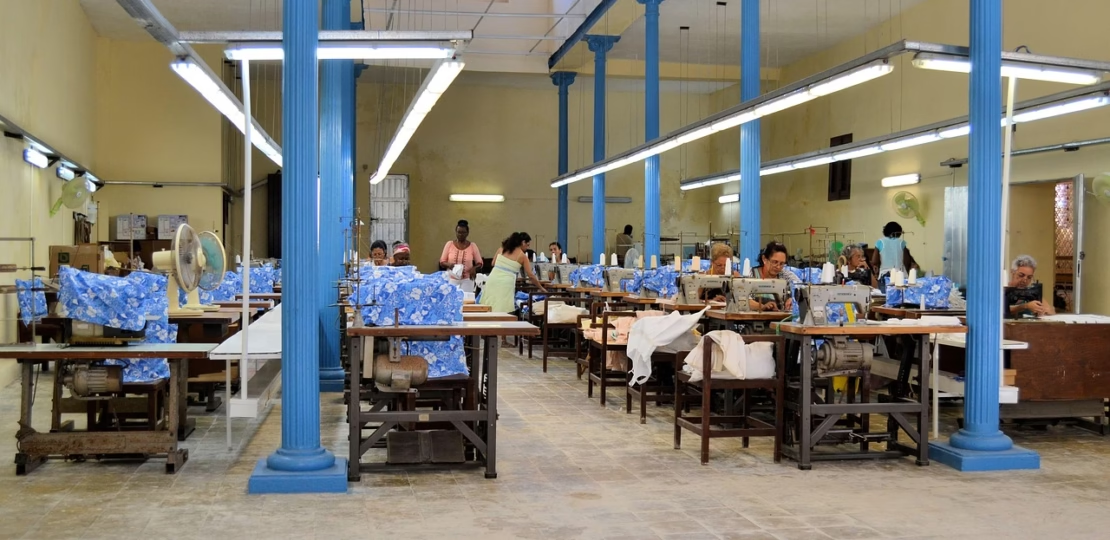“The Four-Day Workweek: Boosting Productivity and Employee W
June 12, 2025 | by Ethan Rhodes

The Four-Day Workweek:
Boosting Productivity & Employee Well-being
Over the past decade as a workplace strategist, I’ve seen productivity trends come and go. But rarely has something ignited as much energy—and real results—as the rise of the four-day workweek. While it might sound like just another progressive office perk, implementing a shorter week is far more than an HR headline. When done right, it turbocharges productivity, slashes burnout, and creates workplaces where people actually want to stick around.
Why the Four-Day Workweek is Gaining Traction
Let’s be real: burnout rates are sky-high, hybrid work is here to stay, and talented professionals crave autonomy more than ever. Organizations from New Zealand tech firms to European manufacturers are testing four-day structures—and the results keep turning skeptics into believers.
- Microsoft Japan saw a 40% boost in productivity.
- Iceland’s government pilots revealed less stress, healthier employees, and steady (sometimes improved) output.
- Startups and creative studios report game-changing creativity and stronger retention.
The bottom line? More time to recover and live makes us sharper, more creative, and more resilient at work. That’s the win-win combo every forward-thinking employer dreams about.
How Fewer Days Can Deliver More Results
Here’s where the magic happens: Parkinson’s Law says work expands to fill the time you allow for it. When you focus your schedule, distractions are starved, and your output soars. No more meetings that could be emails, no more endless to-do lists. Instead, energy gets redirected to what actually matters.
- Laser-sharp Prioritization: Teams learn to separate mission-critical tasks from busywork fast.
- Better Boundaries & Focus: When Friday is a carrot, people organize their energy and create “deep work” time blocks—making momentum their default.
- Rest & Recovery: More time to recharge means less presenteeism and lower absenteeism come Monday.
Real Talk: What Makes a Four-Day Workweek Succeed?
It isn’t just about chopping out a workday. Flipping the calendar only works if you build smarter habits. As a productivity coach, I encourage leaders and teams to:
- Automate & Batch: Group similar tasks. Let technology handle the repetitive stuff. Free your brain for the big wins.
- Set Clear Performance Metrics: Shift from “hours put in” to “impact achieved.” Define exactly what success looks like for your role and team.
- Champion Uninterrupted Focus: Minimize meetings. Use tools like “focus modes,” and let your people dictate when they work best.
- Evaluate, Iterate, Improve: Check in regularly and be ready to adjust. The best four-day teams adapt as they go.
I’ve helped companies transition where staff are now getting more done, in fewer hours, with far less stress. That’s because a four-day shift isn’t an excuse to cram 40 hours into 32; it’s a blueprint to slash inefficiency.
Rapid-Fire Tactics to Try Next Week
- Try “No Meeting Wednesdays” or a single block meeting day to free up deep work time.
- Build a Friday buffer for career development, learning, or creative side projects.
- Bookend your week with 10-minute priority resets: Monday (focus), Thursday (wrap-up).
The Future: Smarter Work, Happier People
The four-day workweek isn’t about working less—it’s about working smarter. For professionals hungry for more satisfaction and teams chasing great results, it’s a rare win-win. Don’t wait for permission or a top-down edict; experiment with what you can control. Batch tasks, cut fluff, and reclaim your hours. Your best work—and best life—might be just a day away.
— Ethan Rhodes

RELATED POSTS
View all



